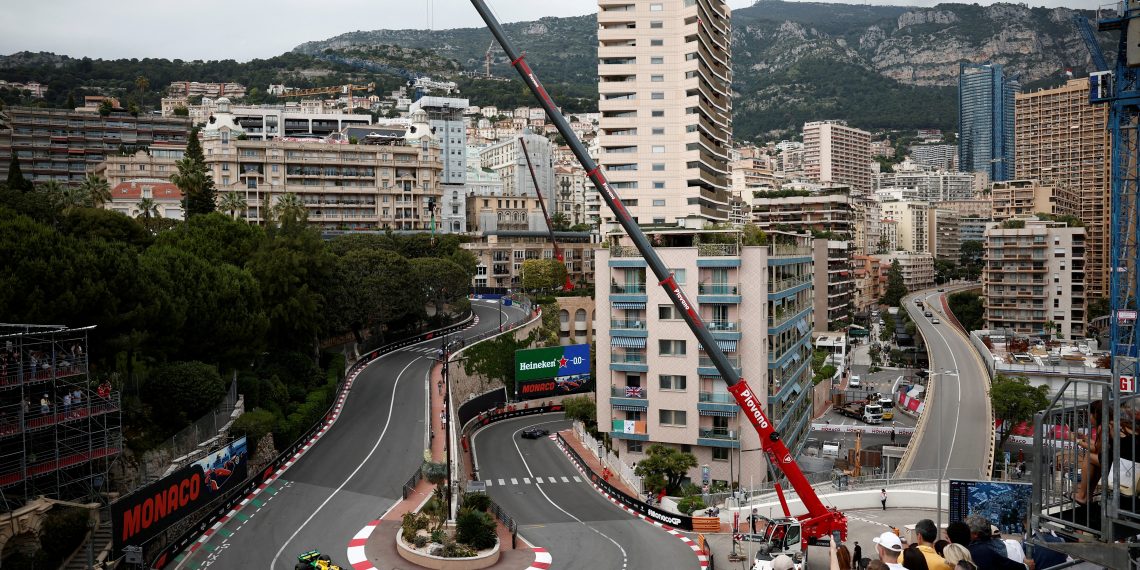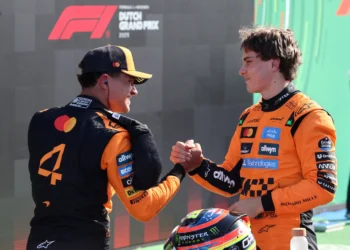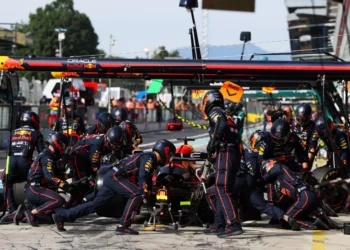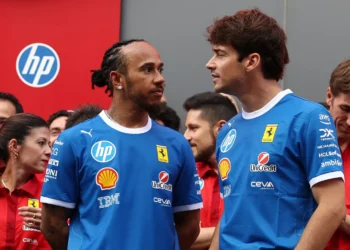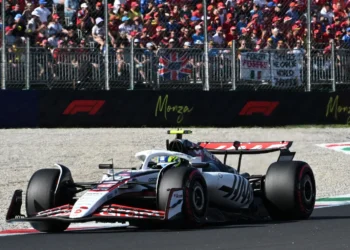The Monaco Grand Prix is widely known for its predictable races, especially when weather conditions are dry. In Formula 1’s modern era, securing the top qualifying spot in the principality often paves a simple path to victory. With just over 200 meters separating pole position from the first turn, achieving a clean start isn’t the most challenging task. The key, however, is to prevent competitors from executing an undercut or overcut strategy.
But the question remains: will the plethora of pitstops in Monaco actually enhance the overall quality of F1 racing?
The Monaco Grand Prix’s predictability stems from the nature of the circuit itself. It’s a tight, narrow track that leaves little room for overtaking, making the race more about strategy than speed. If a driver is fortunate enough to secure the pole position, they have a significant advantage over their rivals. The challenge then becomes maintaining this lead and effectively managing pitstop strategies to fend off any undercut or overcut attempts from competitors.
An undercut in F1 racing is when a driver pits before their rival in an attempt to gain an advantage by putting in quick laps on fresh tyres. The overcut strategy, on the other hand, involves staying out on track longer than the rival, hoping that the fresh tyres’ extra life will prove advantageous when the rival pits. Both strategies require precise timing and can dramatically change the race’s outcome.
As such, the sheer number of pitstops in Monaco offers an interesting dynamic to the race. While they add an extra layer of complexity, they also open up opportunities for strategic maneuvers, making the race more exciting and unpredictable.
However, whether this pitstop plethora will truly enhance the quality of F1 racing is subjective and largely depends on personal preferences. Some fans appreciate the strategic element that pitstops bring, while others prefer races where speed and driver skill are the main determinants of victory.
In conclusion, the high frequency of pitstops in Monaco Grand Prix certainly adds a unique challenge to the race and could potentially make it more engaging for viewers. However, it remains to be seen whether this factor will significantly improve the overall quality of F1 racing.

